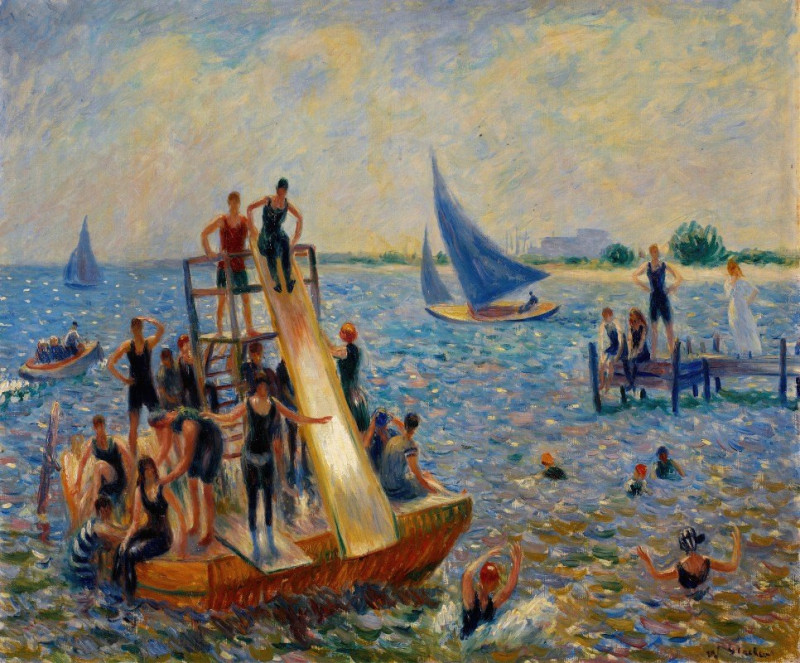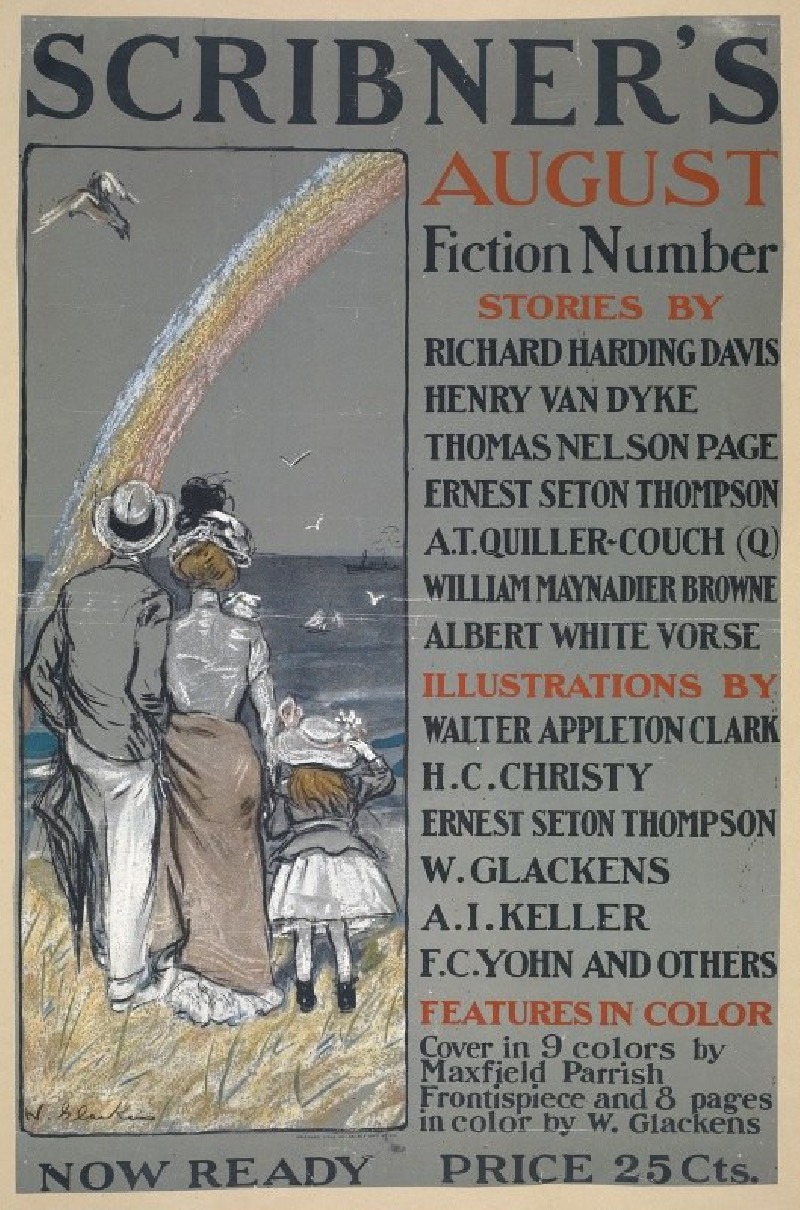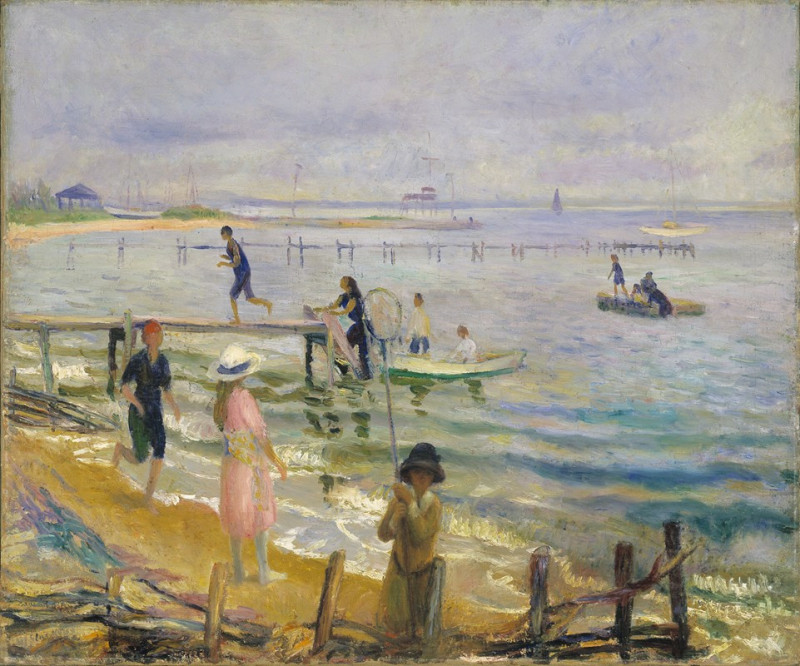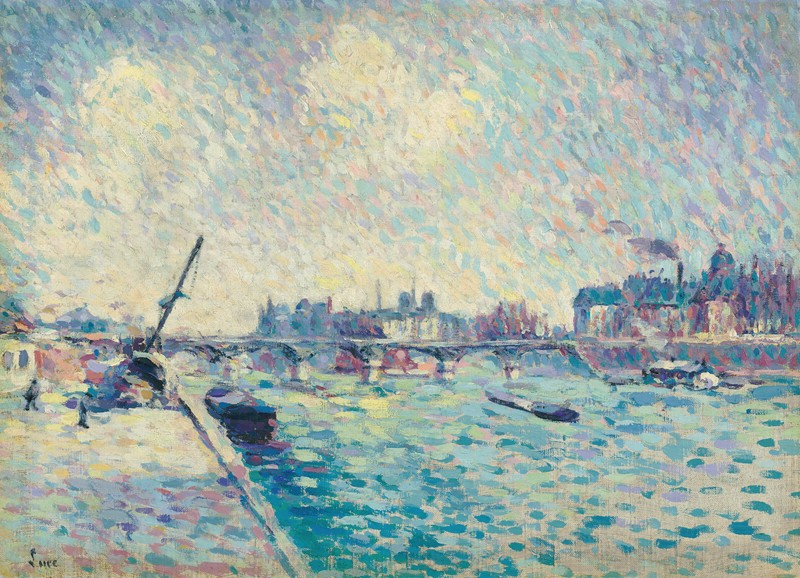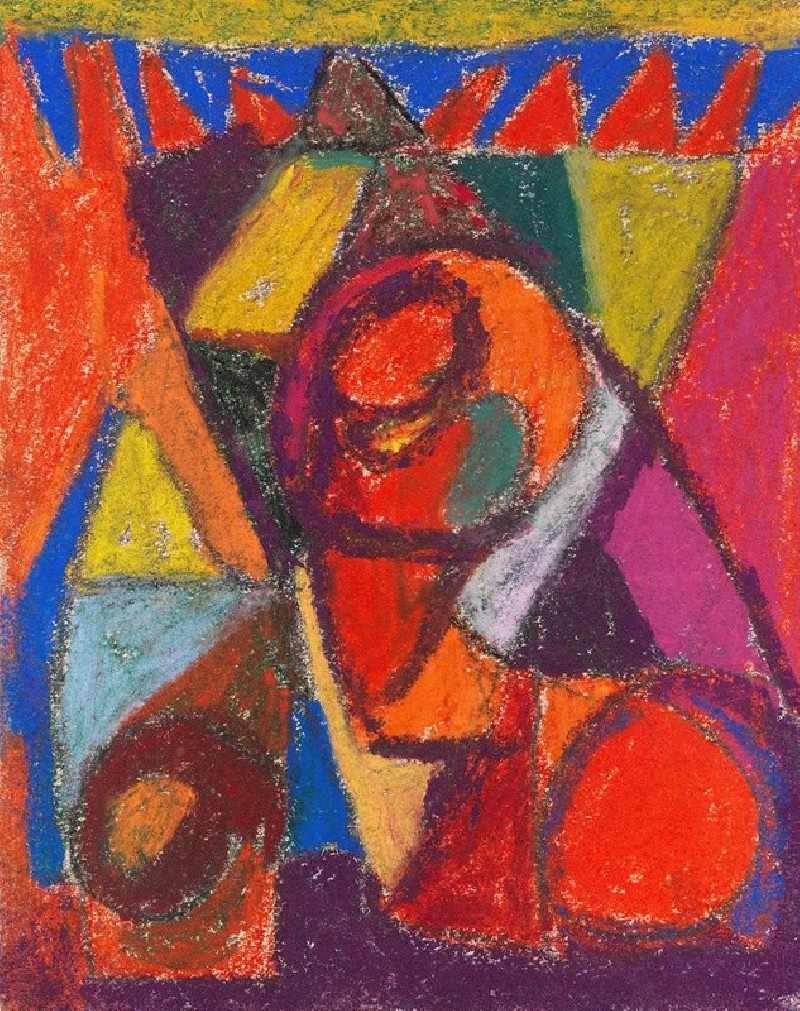Woman Walking (circa 1903)
Technique: Giclée quality print
Recommended by our customers
More about this artwork
"Woman Walking," a compelling sketch by William James Glackens from around 1903, beautifully captures the essence of early 20th-century fashion and the dynamic sense of movement. This artwork is a study in elegance and fluid motion, depicted through Glackens' skilled pencil strokes. The subject, a woman depicted mid-stride, embodies a casual grace, her attire flowing with her movement. Her attire, likely a reflection of the period's fashion, includes a wide-brimmed hat and a dress with a tied waist, which suggest both style and functionality.The energy of the sketch is palpable, with lines that seem to vibrate around her figure, suggesting not just the motion of walking but also a breeze perhaps catching the folds of her dress. The style of drawing, with its loose and expressive lines, allows us to feel the immediacy of the moment captured by Glackens. This piece not only highlights Glackens' mastery of form and movement but also serves as a charming historical snapshot of the era's urban attire.
Delivery
Returns
19th century middle-class urban lifestyle scenes painted by William James Glackens (1870-1938), American realist and modernist painter. He was the first American artist to gain recognition and success without any formal European training. His art focused on scenes of leisure and entertainment, with incredible attention to color and expressive brushwork.




